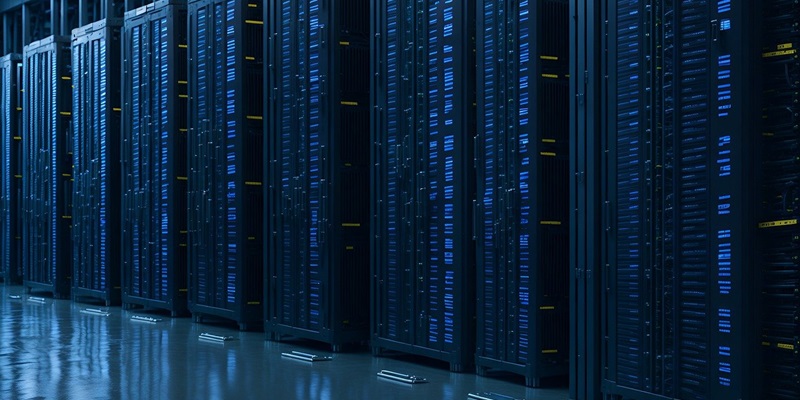In today’s rapidly evolving digital landscape, data centers face the ever-increasing challenge of efficiently managing compute-intensive infrastructure tasks. Enter IPUs (Infrastructure Processing Units), hardware accelerators that revolutionize data center operations by offloading intensive tasks like packet processing, traffic shaping, and virtual switching from CPUs. In this article, we will explore the benefits, necessity, components, architecture, and challenges associated with IPUs, shedding light on their role in improving application performance, workload capacity, and overall data center efficiency.
Benefits of IPUs
IPUs bestow numerous advantages upon data centers. By freeing up CPU cycles, these specialized units enhance application performance and augment the capacity to run more workloads with fewer CPUs. With dedicated programmable cores and accelerator elements, IPUs effectively handle tasks that would otherwise burden CPUs, enabling efficient packet processing, traffic shaping, and virtual switching. Compared to SmartNICs, IPUs distinguish themselves by offloading all infrastructure functions from a CPU, rather than operating as a peripheral.
The necessity of IPUs arises from two significant changes in data center operations. Firstly, the widespread adoption of virtualization and software-defined technology necessitates optimized infrastructure processing to cope with the resulting workload complexities. Secondly, new application architectures have transformed data center traffic flows, demanding a specialized approach to handle increased volumes of data. IPUs are tailor-made to address these challenges, offering a dedicated processing solution for infrastructure-intensive tasks.
Components of IPUs
IPUs leverage a combination of Field-Programmable Gate Arrays (FPGAs), Application-Specific Integrated Circuits (ASICs), and other accelerators along with processor cores. This amalgamation establishes a hardware-based data path, enabling efficient infrastructure processing at the speed of hardware. By leveraging various components, IPUs can be customized to meet the unique performance requirements of different applications and environments.
Architecture of IPUs
IPUs boast several distinct architectural components that contribute to their exceptional performance. At the core, an intelligent infrastructure accelerator serves as the powerhouse of the IPU, managing and accelerating infrastructure functions. This intelligent accelerator can be tailored to suit the specific needs of different applications and environments, ensuring optimal performance and efficiency.
Offloading Overhead in IPU-centric Data Centers
In an IPU-centric data center, the burden associated with running infrastructure tasks is effectively offloaded from the server. This is achieved through the utilization of ASICs or FPGAs, which accelerate and handle infrastructure chores. By shifting these tasks to dedicated hardware accelerators, data centers can experience significant improvements in overall system performance and utilization, resulting in reduced latency and higher resource efficiency.
Performance and Utilization Improvements with IPUs
The deployment of IPUs brings forth notable enhancements in various aspects of data center operations. By offloading compute-intensive infrastructure tasks, IPUs enable CPUs to dedicate their cycles to critical application processes, ultimately translating into improved application performance and workload capacity. Additionally, IPUs reduce latency, enhancing the responsiveness of data center operations. Their ability to maximize resource utilization leads to increased overall efficiency, enabling data centers to efficiently manage a higher volume of workloads.
Challenges of Using IPUs
While IPUs offer tremendous benefits, they also come with challenges. Customization and programming requirements for different applications and functions pose a significant hurdle, demanding expertise and skills beyond traditional CPU and GPU programming. Developing and optimizing the various elements of IPUs requires specialized knowledge, potentially impeding widespread adoption.
IPUs have emerged as game-changers in optimizing infrastructure processing for data centers. Their ability to offload compute-intensive tasks from CPUs significantly enhances application performance, workload capacity, and data center resource utilization. While challenges exist, advancements in customization and programming ease are expected, empowering data centers to fully harness the power of IPUs. As the data center landscape continues to evolve, we anticipate further innovations and developments in IPUs, revolutionizing infrastructure processing and shaping the future of data center operations.

